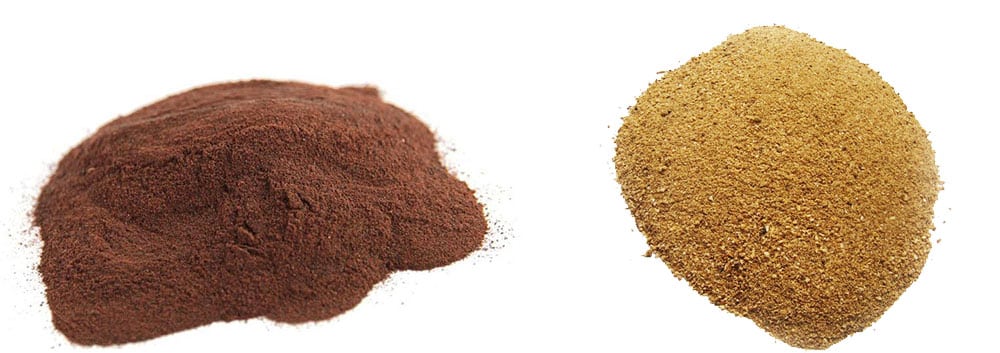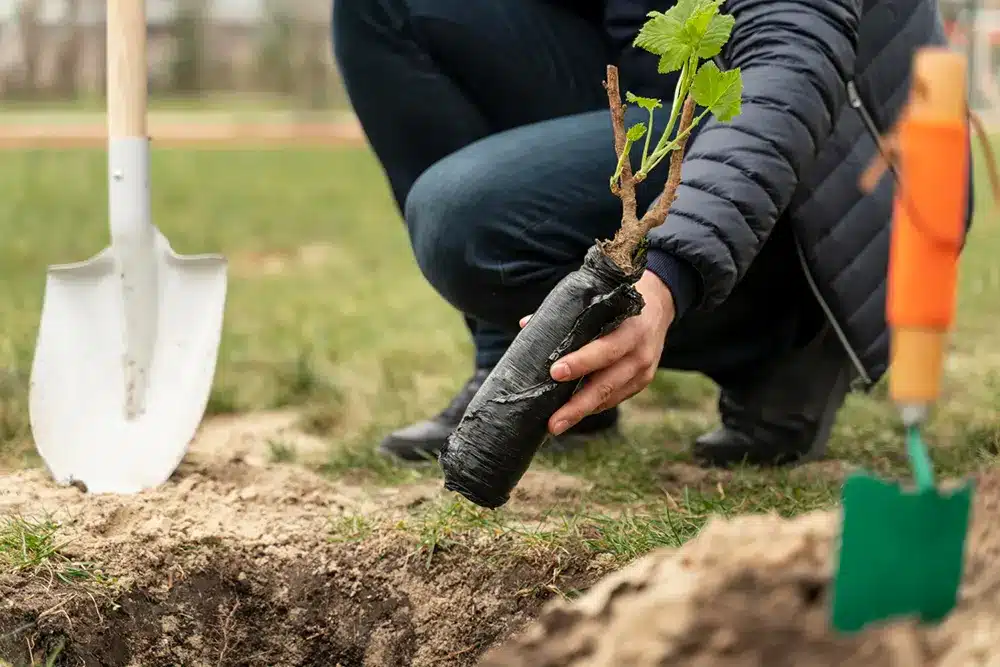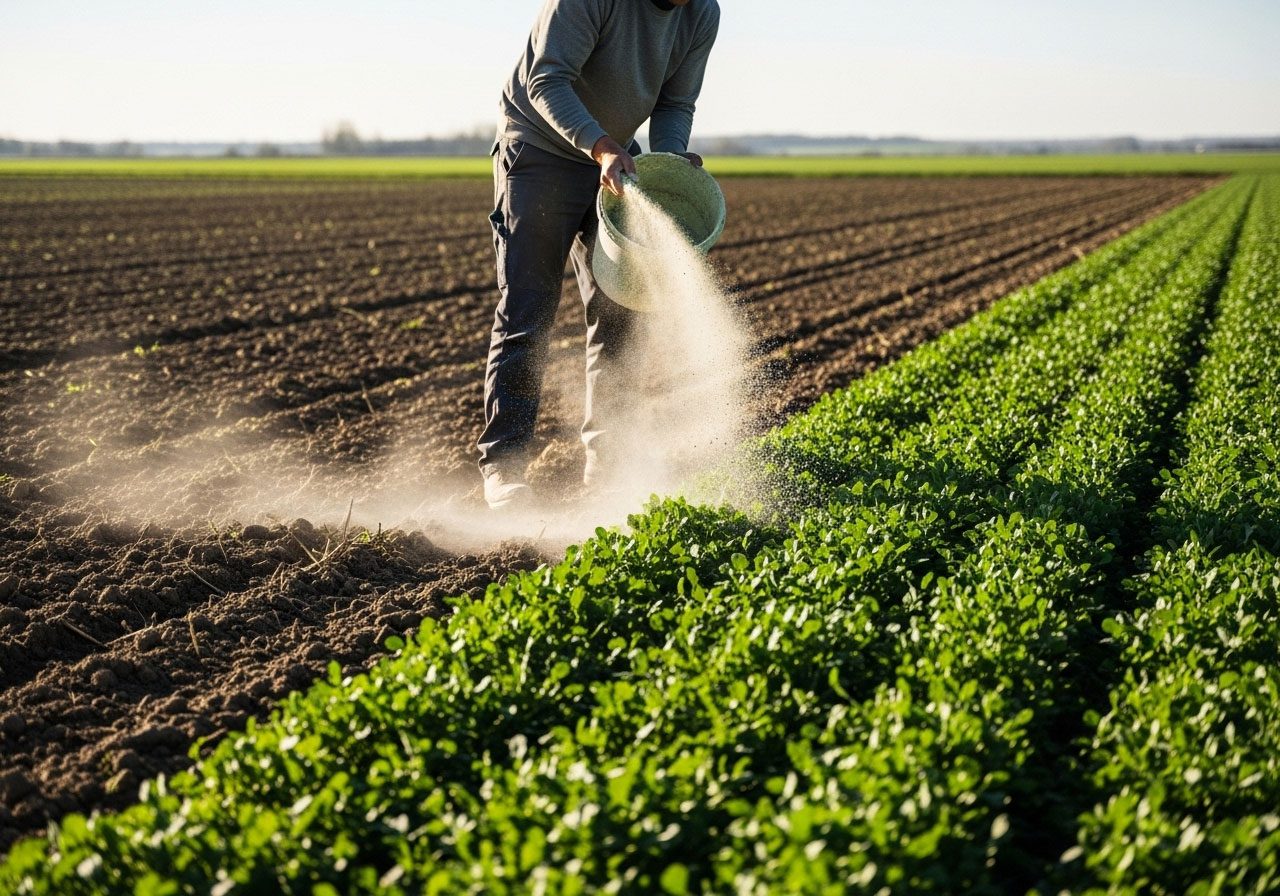table of contents
Blood meal is a kind of strong organic fertilizer rich in nitrogen, and it is often used to help plants grow thick and green by farmers and gardeners. Blood meal, just like bone meal, is an organic fertilizer that can improve your soil in a natural way, especially for leafy crops. We’ll go over what blood meal is, how to use it, its pros and cons, and how it can help your farm or garden, especially if you want to grow things organically.
What is Blood Meal Fertilizer?

Blood meal is a kind of dry powder fertilizer made from animal blood, usually from cattle. After the collection from slaughterhouses, they are heated to kill the germs and finally dried and ground into a fine powder. A lot of organic farmers use it as a quick source of nitrogen.
How to make blood meal?
The steps are as follows:
- To collect the blood from approved sources
- To kill germs by drying at high temperatures
- Grind into a fine, reddish-brown powder
The end product is a very strong organic fertilizer, it can be stored on shelves. It is a great suit for farms and gardens.
Nutritional Composition (NPK)
The common NPK ratio of blood meal is 12-0-0 or 13-0-0
- Nitrogen (N): 12–13%—helps plants grow.
- 0% phosphorus (P)
- 0% potassium (K)
Benefits of Using Blood Meal
As we mentioned before, blood meal is high in nitrogen and also contains some phosphorus and potassium. Plants that don’t have enough nitrogen can benefit from blood meal.
Rich Nitrogen Helps Leaves Grow
Chlorophyll production needs nitrogen, which helps leaves grow and makes them green. Blood meal is great for:
- Leafy vegetables such as lettuce, spinach, kale
- Corn and grains
- Lawns and turf
Keeps Pests Away
Because the blood has a strong smell, it can keep some animals away, such as deer, rabbits, and raccoons. If you have a vegetable garden, you can sprinkle blood meal on the leaves that have been eaten by pests.
Organic & Slow Release
Unlike the chemical fertilizers, blood meal is a kind of organic fertilizer, which has the feature of slow release. It can release nutrients slowly, help the biology of the soil stay healthy, and lower the risk of nutrient runoff.
How to Use Blood Meal Fertilizer
To keep us from making common mistakes, we should use blood meal the right way, which can get us the most benefits. Please follow our instructions below:
How to Use & Dosage
- Mixing Soil: Adding blood meal to the soil is the common way to use it. You can do this by evenly spreading the powder over the soil, which can make sure that the nitrogen is easy for plant roots to absorb the nutrients.
- Top Dressing: Blood meal can be used as a top dressing for plants that are already growing. Be careful not to touch the roots and leaves directly.
- Composting: Blood meal can also be added to compost piles to raise the nitrogen levels. This speeds up the breakdown of organic matter and makes the compost richer.
Suggested Application Rates
How much blood meal you should use depends on the plant’s needs and how fertile the soil is right now.
- Vegetables: 4 to 6 tablespoons for every square meter
- Lawns: You should use blood meal 1-2kg per 100 square meters
- Trees & Shrubs: Trees and shrubs should be fertilized with 200 to 500 grams around the dripline.
When & How Often
The best time to use blood meal is during the growing season, when plants are growing quickly and need more nitrogen.
- Early Spring: One application in early spring is enough for most garden plants.
- Mid-season: Crops like corn or leafy greens need a lot of nitrogen, if the leaves start to turn yellow, it means there is not enough nitrogen. So just needing a second application in the middle of the season might help.
Important Tip: Don’t use too much nitrogen, because it can hurt plants or slow down flowering.
Risks & Precautions
- Avoid Overuse: Don’t use too much blood meal; nitrogen is important, but too much can be bad. If you use too much blood meal, the plants will grow too many leaves instead of flowers and fruit.
- Soil Testing: Before adding blood meal, we’d better test the soil first to see what nutrients are already there. This can help keep soil nutrients in balance.
- Avoid Skin Touching: Although blood meal is usually safe to touch, you’d better wear gloves when you use it. Furthermore, please keep it away from kids to avoid being eaten.
- May Attract Pests & Pets: Because blood meal has a strong smell, it can attract some pets, like cats or dogs. To avoid this situation, we can bury blood meal into soil.
Blood Meal vs Other Organic Fertilizers

Knowing how blood meal differs from other fertilizers can help you make the right choice.
| Fertilizer | NPK | Main Benefit | Best For |
|---|---|---|---|
| Blood Meal | 12-0-0 | Fast nitrogen boost | Leafy vegetables, lawns |
| Bone Meal | 3-15-0 | Phosphorus for roots/flowers | Flowering plants, bulbs |
| Fish Meal | 5-5-1 | Balanced nutrients | General use |
| Compost | Varies | Soil health improvement | All-purpose |
Where to Buy Blood Meal Fertilizer in Bulk

Are you looking for a trustworthy blood meal supplier for your farm, brand, or distribution business? Rutom Bio. is a professional organic fertilizer factory with:
- More 10 years of experience manufacturing organic fertilizer
- ECOCERT EU, USDA NOP, JAS and CERES
- OEM & ODM packaging choice
- Shipping in bulk from China to markets around the world
Alternatives to Blood Meal
Blood meal is just one kind of organic fertilizer that offers nitrogen nutrients. If you’re looking for other organic nitrogen sources, check the information below:
- Fish Emulsion: This type of fertilizer is made from waste from fish and includes bones, scales, and skin. It has a lot of nitrogen, phosphorus, and potassium.
- Feather Meal: This fertilizer is made from ground-up bird feathers and can offer nitrogen nutrients just like blood meal.
- Soybean Meal: This is a plant-based fertilizer that is made of soybean with high nitrogen content and releases nutrients to soil.
Conclusion
Blood meal Fertilizer is a strong, natural source of nitrogen and can help plants keep strong and healthy. If your plants need a strong nitrogen boost, especially in the early stages, blood meal is your good choice. But you need to use it carefully; make sure not to use too much blood meal. Please use the blood meal based on your plants’ or soil’s needs.
FAQs About Blood Meal Fertilizer
Q1: Is it safe to use blood meal on organic farms?
Yes. It is a legal input for certified organic farming.
Q2: How often should I use blood meal?
Once every 6 to 8 weeks or when there are signs of a lack of nitrogen.
Q3: Is it safe for pets to be around blood meal?
To keep pets and wildlife away, it should be buried in the ground.
Q4: Is it okay to mix blood meal with compost or other types of fertilizer?
Yes, it mixes well with bone meal, compost, or fertilizers that are high in potassium.
Q5: Is blood meal suitable for vegans?
No. It comes from animals, so vegans can’t use it in their gardens.
Related Posts





